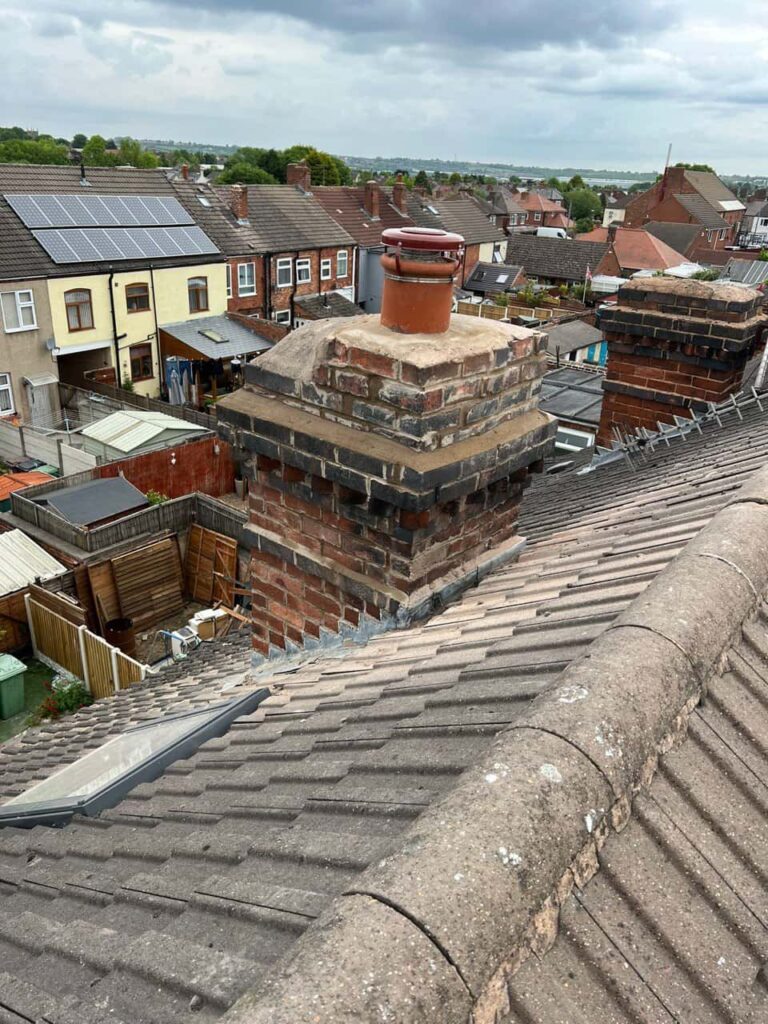When it comes to roof maintenance, a one-size-fits-all approach simply does not work. Flat and pitched roofs have very different designs, drainage systems, and risk factors, which means their care and maintenance routines must also differ. Understanding these distinctions can help you prevent leaks, prolong the life of your roof, and avoid costly repairs. At TRP Roofing Pocklington, we provide professional roof inspections and repairs for homeowners and businesses in Pocklington, East Riding of Yorkshire, ensuring that every type of roof gets the attention it needs.
The Key Differences Between Flat and Pitched Roofs
Flat roofs are often found on extensions, garages, and commercial buildings, while pitched roofs remain the most common choice for residential homes. The difference in their slope affects everything from water drainage to structural load.
- Pitched roofs rely on gravity to quickly shed rain and snow. Water runs off into gutters with minimal pooling.
- Flat roofs have only a slight pitch, which means water drains much more slowly and can pool if the drainage is obstructed.
Because of this fundamental difference, flat roofs face unique challenges that require a more proactive approach to maintenance.
Why Flat Roofs Need Special Attention
- Water Pooling and Drainage Issues
Flat roofs are more susceptible to standing water after heavy rain. If left unresolved, this can weaken materials, increase the risk of leaks, and accelerate deterioration. Regular checks to ensure clear drainage points are essential. - Faster Wear from Weather Exposure
Because flat roofs do not shed water and debris as efficiently, they endure more prolonged exposure to moisture, frost, and UV rays. This means the roofing materials can age faster if not maintained properly. - Vulnerability to Punctures and Damage
Flat roofs are often walked on during maintenance or when installing equipment like air conditioning units. This increases the risk of surface punctures, which require prompt repairs to prevent water ingress. - Hidden Leak Risks
On a pitched roof, leaks often show quickly because water travels down into ceilings or walls. Flat roof leaks can be slower to detect, often spreading across insulation layers before visible damage occurs.
Maintaining Pitched Roofs vs Flat Roofs
While pitched roofs also need care, their maintenance focuses more on visual inspections and repairing localised damage such as:
- Replacing slipped or cracked tiles
- Checking flashing around chimneys and valleys
- Clearing gutters and downpipes to prevent overflow
Flat roofs, by contrast, require routine inspections to:
- Clear debris and ensure proper water flow
- Check for cracks, blisters, or punctures in the surface
- Inspect seams and joints for signs of water ingress
- Verify that the roof’s drainage outlets are not obstructed
Professional Maintenance Extends Roof Life
Whether your property has a flat or pitched roof, regular inspections and timely repairs are the key to avoiding expensive problems. Professional roofers can identify weaknesses before they escalate and ensure that your roof remains watertight and structurally sound.
At TRP Roofing Pocklington, we provide comprehensive roof maintenance tailored to your roof type, offering peace of mind that your home or business is protected year-round.
Conclusion
Flat roofs require different maintenance than pitched roofs due to their drainage, exposure, and structural characteristics. By understanding these differences and scheduling regular professional inspections, you can prevent water damage, extend your roof’s lifespan, and save on costly repairs.
If you need expert roof maintenance in Pocklington, East Riding of Yorkshire, contact TRP Roofing Pocklington today. Our team specialises in both flat and pitched roofs, helping you protect your property with professional care.
Call us on: 01759 486 280
Click here to find out more about TRP Roofing Pocklington
Click here to complete our contact form and see how we can help with your roofing needs.

